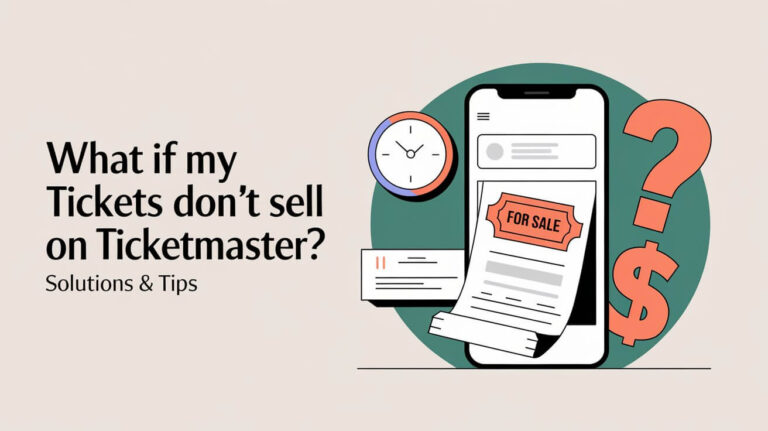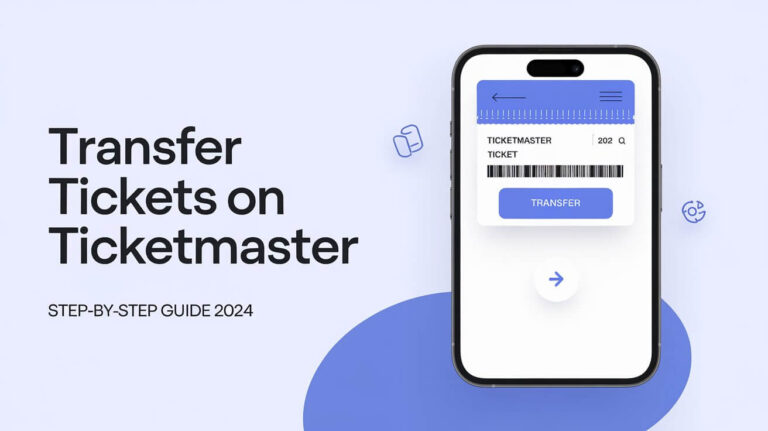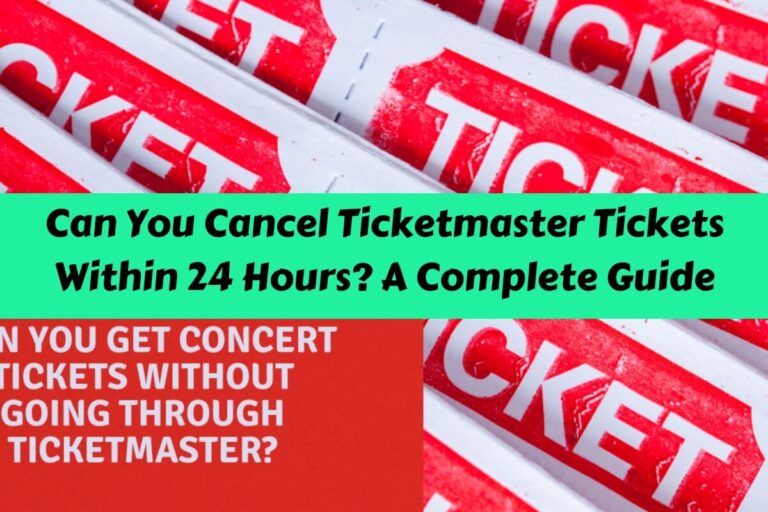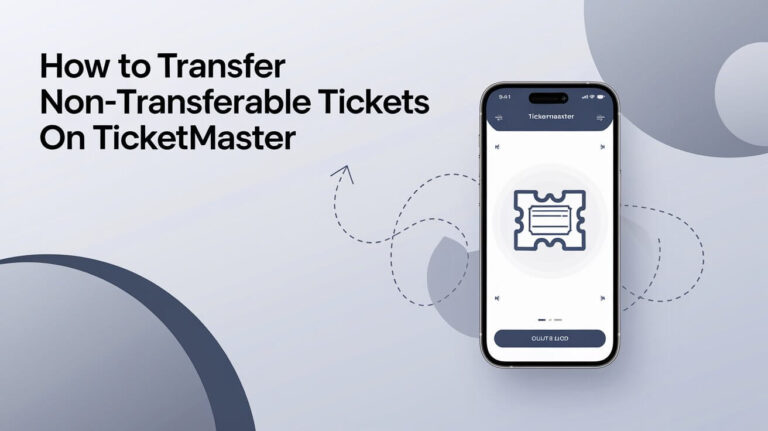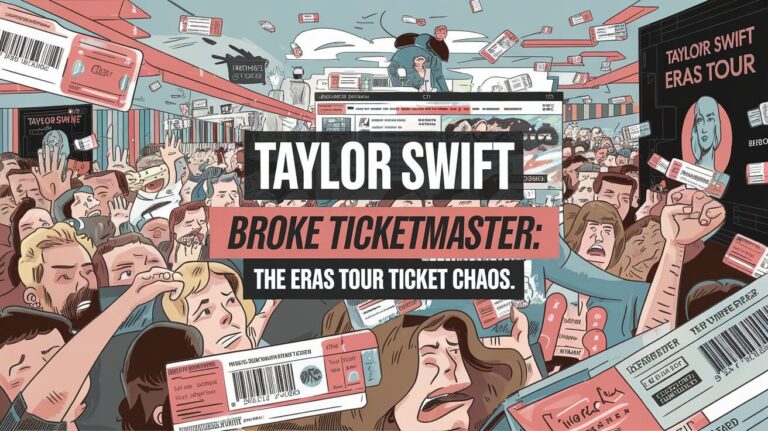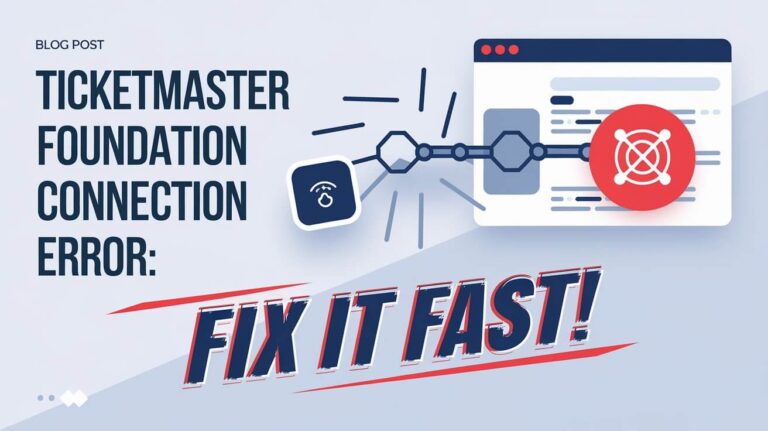![Do Ticketmaster Tickets Get Cheaper Closer to Event? [2024 Guide] 1 Do Ticketmaster Tickets Get Cheaper Closer to Event](https://theticketlover.com/wp-content/uploads/2024/10/do-ticketmaster-tickets-get-cheaper-closer-to-event.jpeg)
Smart concert-goers know a secret: waiting to buy tickets can save money. Prices on Ticketmaster often drop near show time, since sellers get desperate to unload unsold seats. The data backs this up – being patient could mean paying less for that concert you want to see.
Ticketmaster’s Last-Minute Price Changes
How Dynamic Pricing Affects Last-Minute Tickets
Ticketmaster uses dynamic pricing to adjust ticket costs based on real-time demand. When demand drops closer to an event, prices often follow. A 2024 study revealed that ticket prices typically fall around 33% on the day of the show compared to average prices.
Many fans have experienced these drops firsthand. During Stevie Nicks’ 2023 tour, floor seats dropped from $200-300 to double digits just hours before showtime. Similar price cuts happened at Burna Boy’s Montreal show, where last-minute buyers scored significant savings.
Time-Based Price Patterns on Ticketmaster
The timing of your ticket purchase greatly impacts the price. Most people buy concert tickets about three months before the event. This early rush often keeps prices high. As the crowd thins out, better deals emerge.
A clear pattern shows up in recent ticket sales:
- Day of show: 33% below average price
- Day before: 27% below average price
- Week of show: 24% of resale purchases happen here
Official Platinum Tickets Price Trends
Official Platinum tickets follow unique pricing patterns. These premium seats often see the biggest price swings. The changes typically start about 4 hours before showtime. After this point, only professional sellers can list new tickets, which can affect available deals.
Best Times to Buy Ticketmaster Tickets
Day-of-Event Price Patterns
The data strongly supports waiting until show day for the best prices. A major study of 22,000 ticket sales in 2024 confirmed this trend. Artists like Paul McCartney, The Eagles, and Billie Eilish all saw significant price drops on show days.
Some fans report success buying tickets after shows start. One buyer got Taylor Swift floor seats for $300 by purchasing after the concert began. However, this strategy carries more risk than buying earlier in the day.
Week Before Event Pricing
The week leading up to an event offers good value. About one-quarter of all resale tickets sell during this period. Prices start dropping noticeably about 5-7 days before showtime.
A recent example showed ticket prices dropping $50 for lower bowl seats one week before the concert. Floor seats became only $20 more expensive than regular seats during this period.
Price Changes 4 Hours Before Events
The 4-hour mark before an event is crucial. At this point, Ticketmaster only allows professional sellers to list new tickets. This change can either drop or spike prices depending on demand.
Some fans report getting “royally screwed” by waiting past this deadline. Others found their best deals during this window. Success depends heavily on the specific event and remaining ticket inventory.
Weekday vs Weekend Show Prices
Weekday shows consistently offer better deals than weekend performances. Early weeknight shows cost less than later ones. This pattern holds true across different venues and artists.
The price difference comes from lower demand for weekday events. Fewer people compete for tickets, forcing sellers to lower prices to make sales.
Factors That Drop Ticket Prices
Event Demand Impact
Ticket prices fall faster when venues have many unsold seats. A 30% unsold capacity often triggers price drops. This happened recently with shows having significant empty seats in the final weeks.
The price drops reflect basic supply and demand. More available seats mean sellers must compete harder for buyers. This competition drives prices down as the event approaches.
Venue Capacity and Sales
Larger venues see more consistent price drops than smaller ones. Big stadiums and arenas usually have more unsold inventory near show time. This extra inventory creates better chances for last-minute deals.
Smaller venues sell out more often. Their limited capacity means less chance of finding late bargains. The best deals at small venues usually come from individual resellers rather than Ticketmaster.
Artist and Tour Influences
Different artists see different pricing patterns. Major tours like Harry Styles saw tickets stay expensive until the end. Other artists’ tickets dropped significantly as show dates approached.
Tour schedules also affect prices. Multiple shows in one area often lead to better last-minute deals. Fans can choose between dates, creating more competition among sellers.
Season and Time Effects
Seasonal factors influence ticket prices. Summer concerts and festivals follow different patterns than winter shows. Festival passes get cheapest about two weeks before the event starts.
A study of 18,000 festival passes found:
- 30% cheaper 13 days before start
- 24% cheaper 12 days before start
- Best deals for major festivals like Coachella and BottleRock followed this pattern
Real Price Drop Examples
Concert Price Trends
Recent concerts provide clear examples of price drops. During a Stevie Nicks show, floor seats dropped from $300 to under $100 on show day. Similar drops occurred at many major 2023-2024 tours.
One fan noticed their same seats dropped $50 in price a week after purchase. Floor seats became only $20 more than their original tickets. These real examples show how waiting can save serious money.
Festival Ticket Trends
Music festivals show consistent price drop patterns. Multi-day passes get cheaper about two weeks before the event. This trend appeared across major festivals in 2024.
The data comes from analyzing 18,000 festival ticket sales. The biggest drops happened 12-13 days before festival start dates. This timing proved true for events like Coachella and BottleRock.
Sports Event Patterns
Sports tickets follow similar patterns to concerts. Games during weekdays see bigger price drops than weekend matches. Last-minute deals appear most often when teams have lots of unsold seats.
The best deals come when checking prices multiple times on game day. Each hour can bring new price drops as sellers try to avoid empty seats.
Theater Show Pricing
Broadway shows and theater events often offer last-minute deals. Success stories include getting excellent seats at much lower prices just before showtime. These deals work best for shows with available inventory.
Regular price checks in the final hours before curtain time reveal the best savings. Some venues even have special last-minute ticket windows with reduced prices.
Risks of Waiting for Cheaper Tickets
Sellout Possibilities
Waiting for price drops carries real risks. Popular shows can sell out completely. No amount of waiting helps if every seat fills up early. This happened with several major tours in 2023.
High-demand shows rarely see significant price drops. Taylor Swift and Bruce Springsteen tickets stayed expensive until the end. Some reached $5,000 per seat with no late bargains available.
Price Increase Scenarios
Sometimes prices go up instead of down. This often happens when:
- Only professional sellers remain active
- Demand suddenly spikes
- Very few tickets are left
- Special guests get announced
The 4-hour cutoff before shows can trigger price increases. Only professional sellers can list new tickets then, often at higher prices.
Ticket Availability Issues
Available seats may disappear entirely. Good sections often sell out first. Waiting might leave only scattered single seats or poor viewing locations.
Some fans report getting stuck with no tickets after waiting too long. Others ended up paying more for worse seats than they could have bought earlier.
Last-Minute Fees
Watch out for special day-of-event fees. Some venues charge extra for last-minute purchases. These fees can offset any price drops on the ticket face value.
Always check the final price including all fees. Last-minute bargains sometimes disappear once service charges get added.
Smart Tips for Getting Cheaper Tickets
Price Tracking Methods
Track prices systematically to spot drops. Check prices at these key times:
- Three months before show
- One month before
- Week of show
- Day before
- Morning of show
- Few hours before start
Keep records of price changes in different sections. This helps predict when similar shows might offer the best deals.
Presale vs Last-Minute Prices
Compare presale prices to last-minute options. Presale tickets often cost less than initial public sale prices. But they might cost more than last-minute deals.
Fan club memberships can provide access to cheaper presale tickets. These guaranteed prices often beat waiting for uncertain drops.
Alternative Buying Options
Consider these alternatives to waiting for Ticketmaster drops:
- Visit venue box offices directly
- Check multiple resale sites
- Look for package deals
- Use credit card presale offers
- Join artist fan clubs
Different options work better for different shows. Keep all possibilities open for the best chances at savings.
Money-Saving Strategies
Combine multiple strategies to save the most money:
- Buy weekday show tickets
- Look for early-show discounts
- Check for student and military discounts
- Watch for credit card promotions
- Consider group ticket rates
Success comes from staying flexible with dates and seating options. Being ready to buy quickly when prices drop helps secure the best deals.
Ticket prices do often drop as event dates approach. The biggest savings typically come on the day of the show. But waiting carries risks of sellouts or price spikes. Track prices carefully and stay ready to buy when good deals appear. Consider your risk tolerance when deciding whether to wait for last-minute bargains or lock in earlier prices.

